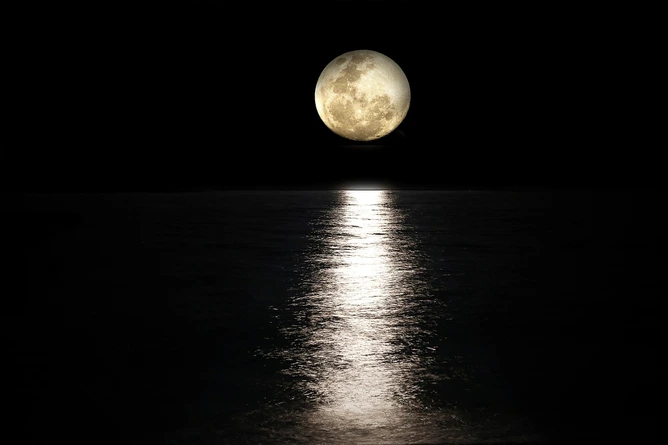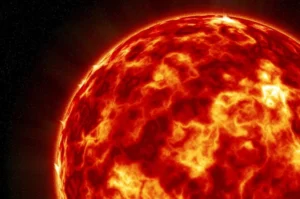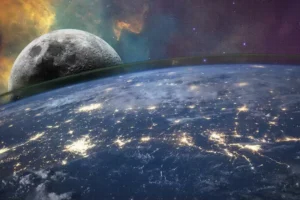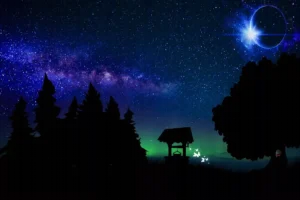The Moon : Life is possible on Moon ?

India’s Chandrayaan 3 mission is set to explore the moon and uncover its secrets, such as the presence of water ...
Read more
Chandrayaan-3 is on its journey to the moon.

Important News (Chandrayaan-3) – India celebrates a triumphant achievement as Chandrayaan-3 achieves a successful soft landing on the moon on ...
Read more








